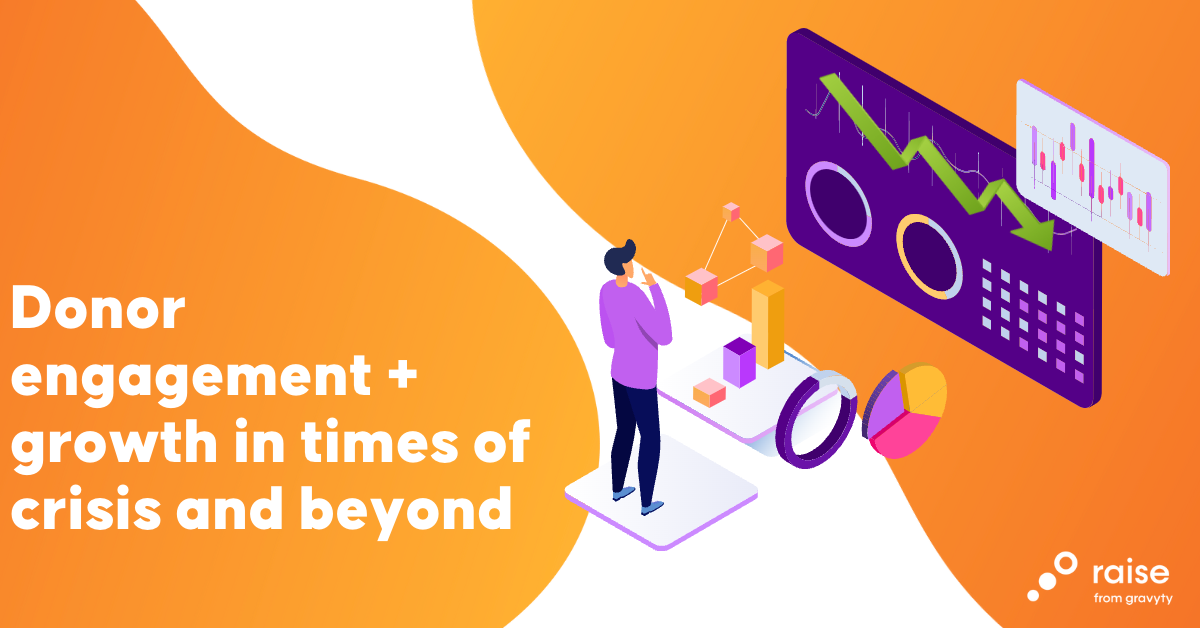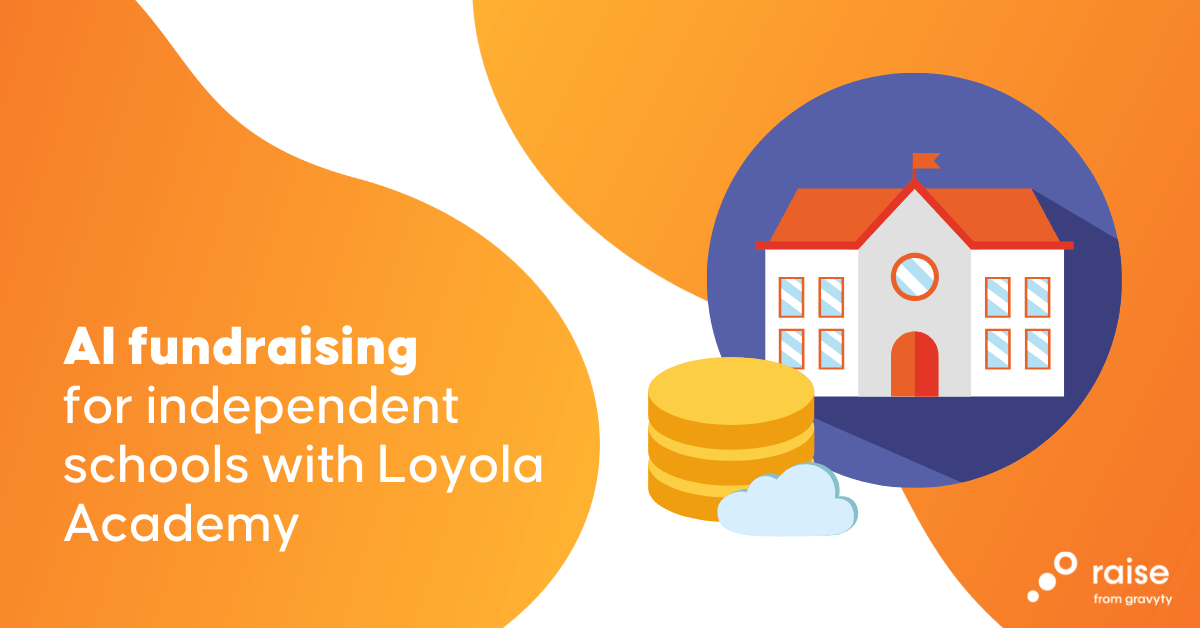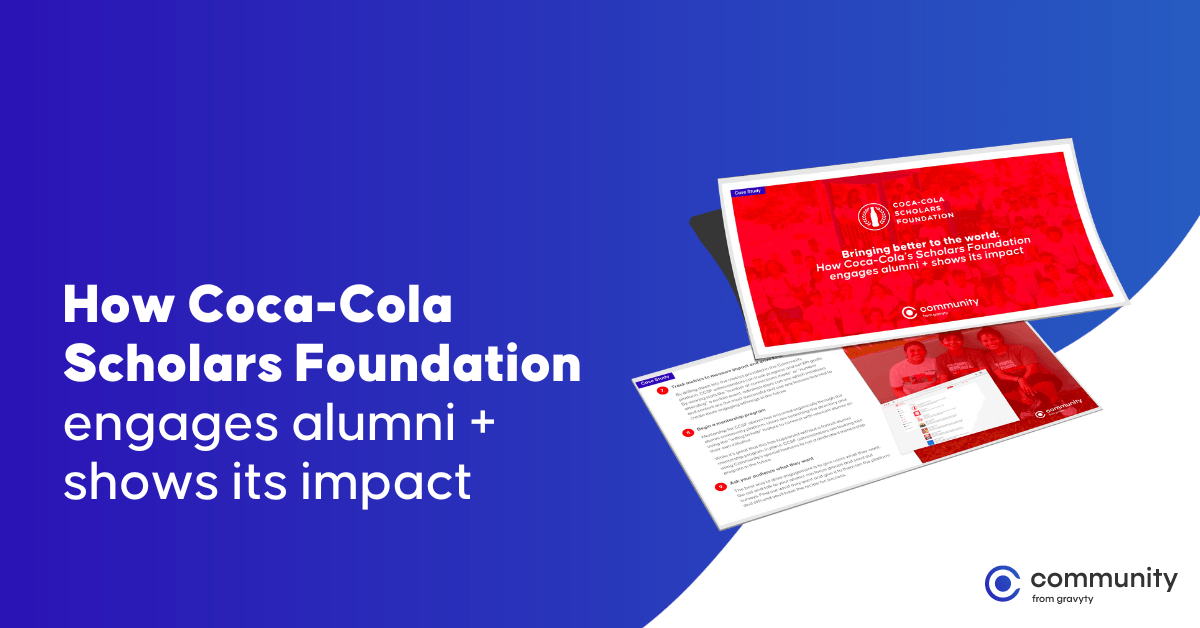Donor engagement + growth in times of crisis and beyond

Lessons from Gleaners Food Bank of Indiana and the Greater Chicago Food Depository
Key takeaways
- Don’t try and do everything at once; focus on creating and implementing a realistic long-term donor stewardship plan.
- If in-person meetings and events are not possible, pivot to online meetings that retain a personal feel.
- Use AI-based fundraising tools to maximize the number and quality of your personalized interactions with donors.
Coping with an unprecedented rise in donations
While a sharp rise in the number of incoming donations is every nonprofit’s dream, it can be challenging to manage a rapid intake of new donors—as Gleaners Food Bank of Indiana and the Greater Chicago Food Depository found out.
The COVID-19 pandemic threw thousands of people into economic hardship.
Many people were forced to turn to food pantries for the first time in their lives, and awareness about hunger in the community rose as the media drew attention to the increasing number of people facing hardship in their communities.
The severity of the situation sparked a massive increase in donations flowing into both organizations:
- The Greater Chicago Food Depository’s donor database nearly doubled between 2019 and 2021.
- Gleaners Food Bank of Indiana gained 12,000 new donors in 2020. At one point, they were getting hundreds of new donors a day.
The fundraising teams had to rapidly react to the situation and find the time and resources to thank, steward, and engage each new donor in order to retain their long-term loyalty rather than simply ride the crisis wave.
Read on for top tips on fundraising during a crisis, as learned from the Greater Chicago Food Depository and Gleaners Food Bank of Indiana.
“Connecting with people in our donor database who had the potential to be long-term supporters of our organization was our number one priority. With Raise on our side, we are reaching and retaining more of these critical donors.”
-Katie Hammer,
Strategic and Planned Giving Officer
Gleaners Food Bank of Indiana
Top tips for fundraising during a crisis:
- Plan before you act
Like most nonprofits that are accustomed to thanking donors within 48 hours of receiving donations, both the Greater Chicago Food Depository and Gleaners Food Bank of Indiana were tempted to leap in and try to thank everyone who made a donation as quickly as possible. With such a huge and unexpected influx, this simply wasn’t possible.
Both organizations quickly learned that the better approach is to pause and make a solid, longer-term plan detailing how best to engage and steward these new donors.
- Adopt a tiered approach
Crisis times can spark donations from existing donors and those who have had no prior contact with your organization. Each type of donor requires a different stewardship approach:
- Long-term loyal donors already know who you are and what services you offer. For them, a thank you message and an impact report after the crisis might suffice.
- New donors who simply have responded to an appeal they saw on social media or email may know very little about the other services you offer and will require a more education-based approach.
For best results, donors can be further segmented by giving level, interests and other relevant categories.
- Focus on education to increase loyalty
Educating donors about your wider activities is a great way to increase engagement—especially with new donors. As in-person events were not possible during the pandemic, both the Greater Chicago Food Depository and Gleaners Food Bank of Indiana found creative ways to educate donors.
- The Greater Chicago Food Depository created a virtual site deck displaying photographs of their facility, details about their programs, and stats. This was sent out to all donors with a follow-up requesting a virtual meeting,
- While Gleaners Food Bank of Indiana had always invited donors to take a live tour of their facility, during the pandemic they pivoted to offering online conversations with key stakeholders instead.
- Prepare your messaging
With a huge influx of donations, it won’t be possible to reach out to every donor promptly. Prepare your messaging and create communications (emails, flyers, reports) that can be quickly sent out as the first port of call. You can always reach out more personally after the crisis has died down.
For example, Gleaners Food Bank of Indiana sent out a regular “COVID update” informing doors of what was happening and how the funds were being used.
- Get to know your people with live interaction
Both organizations saw value in creating opportunities for live interaction with their members. Of course, the pandemic meant these interactions had to take place online.
- Gleaners Food Bank of Indiana launched a popular bi-monthly “Conversations with Gleaners” series over Zoom, which offered donors the chance to meet the CEO and other members of senior leadership, hear directly from them and ask questions.
- Similarly, the Greater Chicago Food Depository offered its quarterly “Around the Table” webinar series, focused on highlighting the work of their diverse team and partners across the community through an “insiders only” lens.
- Use AI tools to reach more donors personally
Both organizations benefited from using Raise from Gravyty to help them reach out meaningfully to more donors. Raise uses AI to analyze donors in each organization’s CRM and suggest the best fundraising approach for each donor based on factors such as familiarity with the organization, donation level and interest.
“Follow up. Follow up. Follow up. This is the key to long-term donor stewardship. Raise helps us reach out to our donors regularly and in a way that is most meaningful to them. Now we are building more quality relationships than we were able to before, while maximizing our current staff capacity.”
-Claire Broadhead,
Senior Manager of Annual Giving
Greater Chicago Food Depository
Raise saves hours of fundraisers’ time, helping them easily identify the contacts they should be building relationships with and drafting emails to help them make a swift approach.
Your force for AI-powered fundraising
Reach the right people at the right time with predictive AI. Personally engage 4X more donors to scale your reach and save time with Raise from Gravyty.



